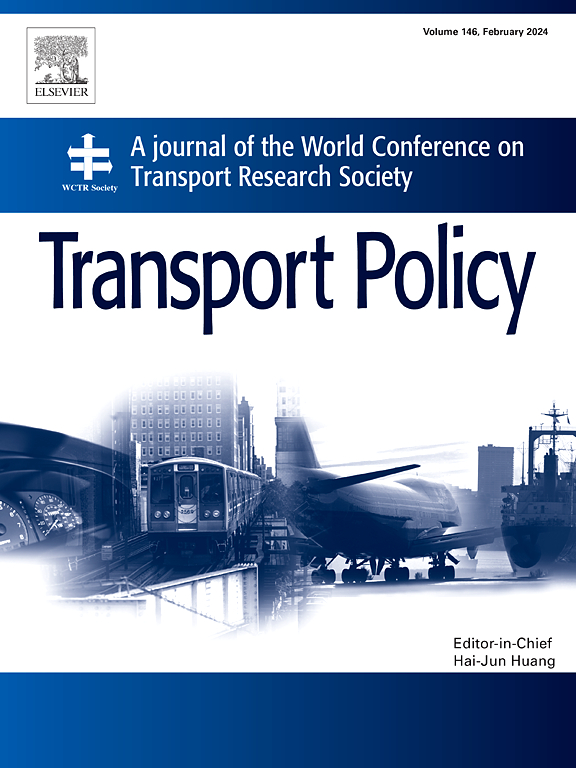Using ZSG-DEA and inverse DEA to predict resource allocation for road traffic safety in China
IF 6.3
2区 工程技术
Q1 ECONOMICS
引用次数: 0
Abstract
The issue of road traffic safety in China has consistently been a focal point of research within the academic community. Previous literature has proposed the use of Data Envelopment Analysis (DEA) models to evaluate safety efficiency. However, few scholars have examined the associated resource allocation issues or predicted future resource distribution. Consequently, this study aims to forecast resource allocation for future road traffic safety. We utilize road traffic safety indicators from 2012 to 2022 to calculate the resource allocation for 2025 across three aspects. Firstly, we employ the zero-sum gains Data Envelopment Analysis (ZSG-DEA) model in conjunction with the Gray Model (GM(1,1)) and the Criteria Importance Though Inter-criteria Correlation (CRITIC) method to predict the three factors influencing road traffic safety. Secondly, we utilize the inverse DEA model of frontier changes to forecast the necessary investments aligned with the planning objectives. Finally, we apply machine learning methods to predict output. The results indicate that: (1) In certain provinces, the quota for the three factors influencing road traffic safety is limited, resulting in increased pressure for future development. (2) Under the established planning objectives, some provinces require substantial investment, which should be judiciously managed. (3) Certain provinces exhibit high predicted output but must identify the underlying reasons for their low efficiency to enhance overall output. In summary, our research provides data-driven support and recommendations for decision-makers in establishing future planning goals.
求助全文
约1分钟内获得全文
求助全文
来源期刊

Transport Policy
Multiple-
CiteScore
12.10
自引率
10.30%
发文量
282
期刊介绍:
Transport Policy is an international journal aimed at bridging the gap between theory and practice in transport. Its subject areas reflect the concerns of policymakers in government, industry, voluntary organisations and the public at large, providing independent, original and rigorous analysis to understand how policy decisions have been taken, monitor their effects, and suggest how they may be improved. The journal treats the transport sector comprehensively, and in the context of other sectors including energy, housing, industry and planning. All modes are covered: land, sea and air; road and rail; public and private; motorised and non-motorised; passenger and freight.
 求助内容:
求助内容: 应助结果提醒方式:
应助结果提醒方式:


